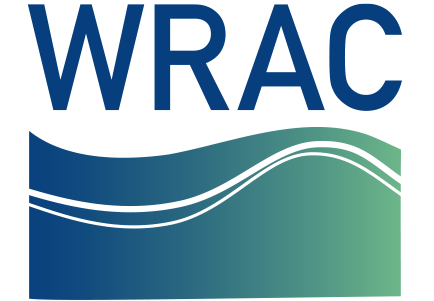
What is Aquaculture?
Aquaculture is characterized by the managed production of aquatic animals and algae in fresh water, brackish water and seawater. Although often thought of as large-scale commercial production for consumption, aquaculture is also critical in supplementing wild stocks, in efforts to conserve threatened and endangered species, for subsistence, and includes production of baitfish and ornamental species.
A key feature of aquaculture is that the environments in which organisms are grown are managed and controlled, the extent to which varies enormously depending on species, life stage and purpose. In comparison to terrestrial farming, another characteristic is the vast number of species used in aquaculture. Over 400 species are farmed throughout the world (FAO 2023)[1]
What Are the Benefits of Aquaculture?
More than 50% of the world’s seafood destined for human consumption originates from aquaculture. Increasing demand for seafood has led to the development of technologies that have enabled the cultivation of organisms in virtually every type of water body, ranging from ponds, rivers and estuaries to nearshore and offshore environments.
A United Nations study [2] emphasized that aquaculture plays an increasingly prominent role in food security, nutrition and economic growth in coastal and rural areas. The many identified benefits of aquaculture include:
- meeting the challenges of providing healthy, affordable seafood for a growing world population
- creation of jobs in economically-disadvantaged communities
- support for the cultural and environmental traditions of indigenous communities who have a long history of subsistence aquaculture
- establishment of key local, regional, national, and international partnerships and joint stewardship efforts to protect oceans and seas through sharing of scientific research data, technologies, and other resources
- reducing the demand on over harvested wild stocks
- production of biofuels through algae farming
- restoration of human-impacted aquatic systems through enhancing the communities of beneficial species such as filter-feeding molluscs [2]
Sources:
[1] https://www.fao.org/3/ca9229en/online/ca9229en.html#chapter-1_1
